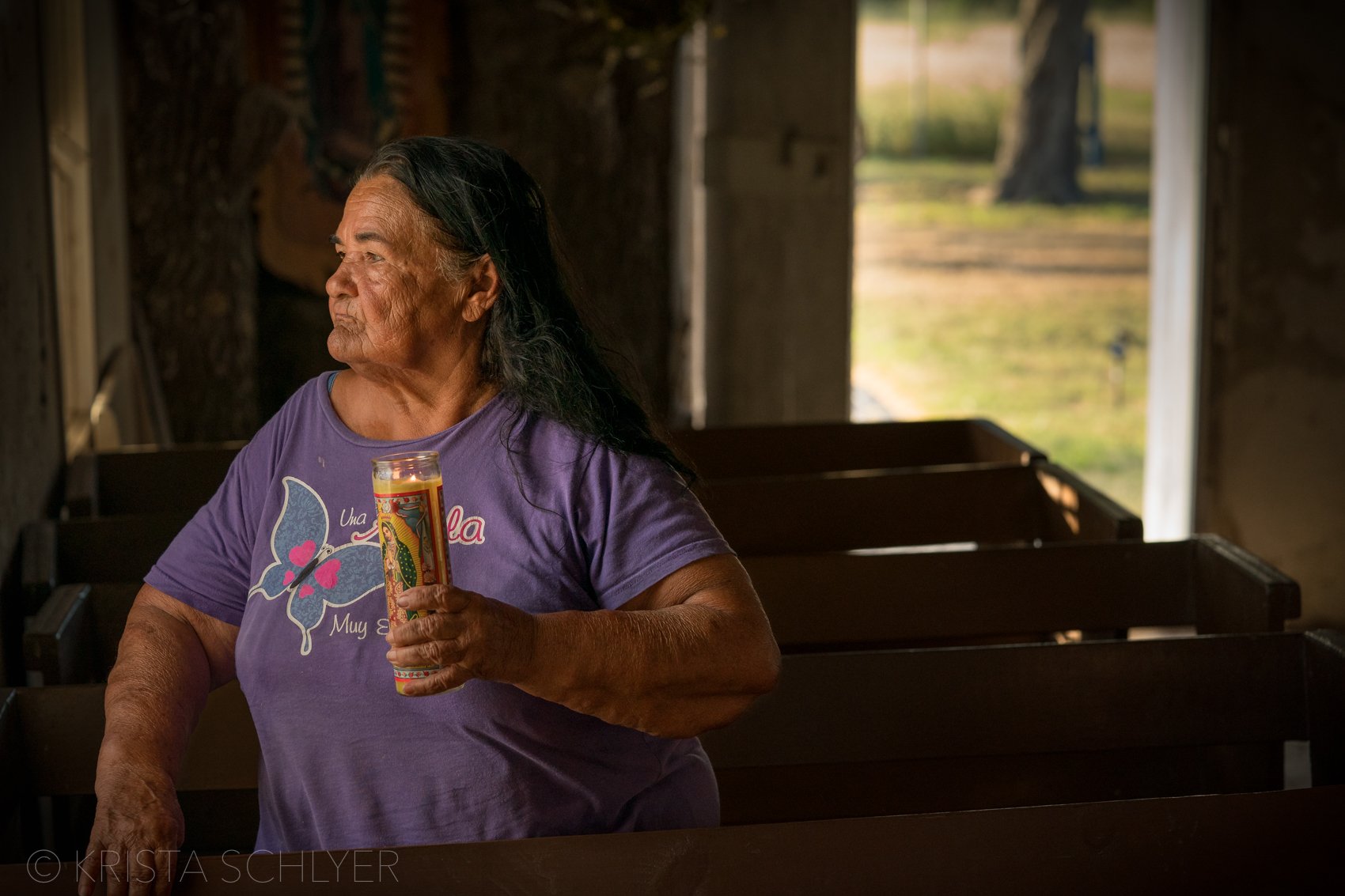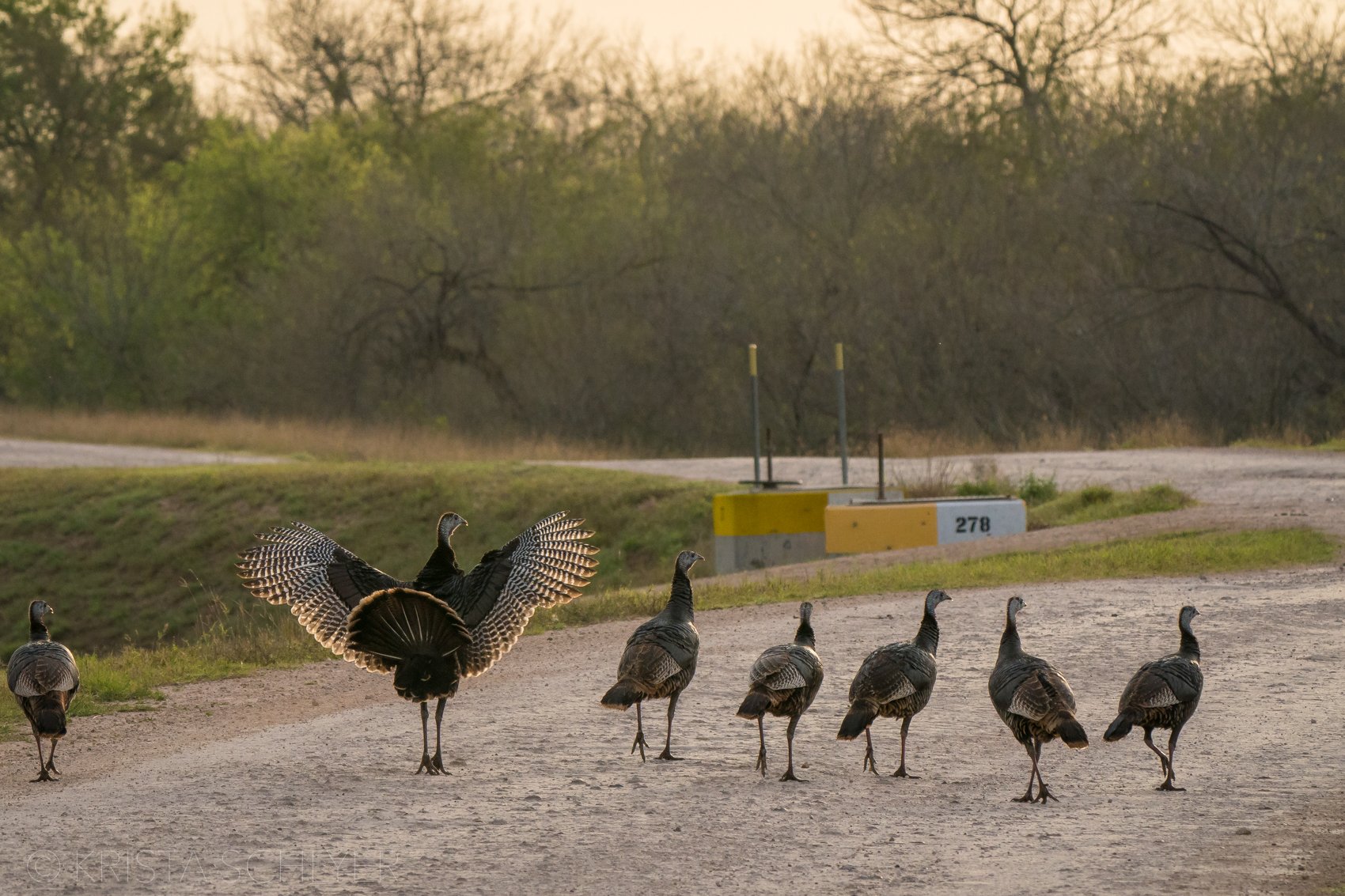
BORDERLANDS
“We must look into the eyes of the jaguar, one of the most beautiful creatures on Earth, and decide whether this wall is worth the loss of something so exquisite.”
The Borderlands Project began in 2007, shortly after the passage of the Secure Fence Act, the first major legislation that mandated construction of a wall on the United States-Mexico border. Since then, despite lack of any evidence that walls halt undocumented migration, and much evidence to the contrary, wall construction has continued with only short interruptions. To date, more than 800 miles of border barrier have been built. The Borderlands Project has collected more than 10,000 images, collaborated on exhibits, films, books and websites with the goal of helping people see the environmental and human impacts of wall construction.
Below are links to some of the outcomes of the 15-year Borderlands Project. These outcomes include: A 10,000+ image photo archive of imagery from the US-Mexico borderlands; A story map built in cooperation with Esri Story Maps and the International League of Conservation Photographers; a book; a fine art exhibit that has traveled the United States for 15 years; a feature length film, dozens of articles and slideshow presentations, and much more.
Project Outcomes
-
“Walls do not solve problems; they make them. That is the simple, elegant premise of writer and photographer Krista Schlyer's book Continental Divide” —High Country News
Continental Divide: Wildlife, People and the Border Wall was published in 2012 by Texas A&M University Press. It was honored with 5 literary awards including the National Outdoor Book Award and the American Library Association’s “Best of the Best” designation. Buy the book here
-
Krista Schlyer wrote and compiled this virtual journey along the US-Mexico Borderlands in 2017 with the Esri Story Maps team and members of the International League of Conservation Photographers.
-
Written and directed by Krista Schlyer, Ay Mariposa, released in 2018, was a collaboration with filmmakers Jenny Nichols and Morgan Heim. It tells the story of three characters in South Texas who are impacted by construction of a border wall.
-
The borderlands ecosystem—human and wild—needs our help. Please take a look at my book, story map, film and other projects, share them with your friends and family. And if you’d like to get involved in protecting borderlands communities from political gamesmanship, please visit my How You Can Help page.
-
The Borderlands Project Archive includes thousands of photos documenting the US-Mexico borderlands and the impacts of wall construction. For photo requests, please contact Krista.
-
Krista frequently gives book talks, slideshows and lectures on the history and impact of the US-Mexico border wall.
-
Krista created the traveling exhibit Continental Divide: Borderlands Wildlife, People and the Wall in 2009 from photos gathered during a month-long expedition with 13 members of the International League of Conservation Photographers and a film crew from the Cornell Lab of Ornithology. The exhibit has traveled the country since then, including shows in the US House and Senate. For more information about the exhibit, visit the Exhibit Page
Background
GETTING TO KNOW THE BORDERLANDS
In the winter of 2008, the kit fox, bison, pronghorn and prairie dogs of the northern stretch of the Chihuahuan grasslands of North America survived on a drought-prone but relatively unbroken stretch of rare grasslands spanning the borderlands of the United States and Mexico. Only two years later, their habitat has been severed and movement northward ended for many species due to the dismissal of environmental law for construction of the U.S.-Mexico border wall. The Borderlands Project has been documenting the changes to ecosystems and human communities during this period, and working to ensure that the impacts of this policy are better understood by policy makers and the general public.
The remoteness of the borderlands region from most U.S. citizens lives, coupled with a news media focus on illegal activity and drug violence, has left most people with a tragically incomplete picture of the borderlands of the United States and Mexico. These remote wildlands harbor a relatively unknown ecological gem that stretches from the Pacific Ocean to the Gulf of Mexico across the belly of North America, providing safe haven for many wild species of plant and animal.
Because much of the landscape around this international border has remained isolated for so long, many relatively intact and continentally rare ecosystems endure here—including Arizona’s last free flowing river, the San Pedro; some of the last undeveloped grasslands on the continent in the Janos/Hidalgo area along the New Mexico border; the single most diverse birding area in the United States along the lower Rio Grande River, and habitat and migration corridors for some of both nation’s most imperiled species including the jaguar, Sonoran pronghorn, ocelot, bighorn sheep and Mexican gray wolves.
THE WALL
In 2005, the U.S. Congress granted the Department of Homeland Security (DHS) the authority to waive all laws in order to expedite the building of wall between the United States and Mexico. In 2006, Congress mandated that DHS build approximately 700 miles of barrier along the 2,000 mile international border. As of January 2010, about 650 miles of border wall has been built, much of it through some of the most ecologically important areas in North America.
Several of the most critical wildlife corridors on the U.S.-Mexico Border have now been severed by border wall. The barrier will block the movement of jaguars, Mexican gray wolves, pronghorn, bighorn sheep, ocelots and many other species as they try to find water and food sources and more hospitable climates in a drought prone region. Species like the Sonoran Desert toad and coachwhip snake have been videotaped stuck at the border wall. Scientists have witnessed them jumping against the wall until they die of dehydration or are taken by predators.
A wall bisecting borderlands habitat is not only disrupting the crucial uninhibited movement of imperiled wildlife, it is curtailing the movement of many animals that are essential to the dynamics of ecosystems. Animals like javelina, who distribute seeds for many plant species, are being blocked from their role in the environment. Plant movement is being inhibited at a time when, due to global warming, plants may need to transition north or face localized extinctions. If steel barriers and destructive immigration and law enforcement activities continue to block pathways, their future may be lost.
Construction of border wall has destroyed rare habitat in the borderlands. In South Texas, for instance, only 5 percent of native habitat remains due to intensive farming and development of the region. Wall construction has begun to erode the last remaining tracts of this region’s native habitat, home to birds, butterflies and other creatures that live nowhere else in the United States
Not all is yet lost. Only about one-third of the border has been severed by wall, much of this important region can still be spared the habitat destruction and corridor blockage that border wall construction brings. And environmental mitigation is possible for some of the approximately 800 miles that already have wall. But attempts to build more wall along the U.S.-Mexico border are ongoing. As greenhouse gasses disrupt climate patterns worldwide, drought is becoming even more common in the borderlands region.
We must work together to ensure wildlife have a fighting chance in an uncertain climatic future--their best hope for survival lies in the ability to move freely. Please learn more about this important issue, and call your representatives and senators to tell them a wall is not the answer.
Sonoran Desert toad stuck at border wall.













